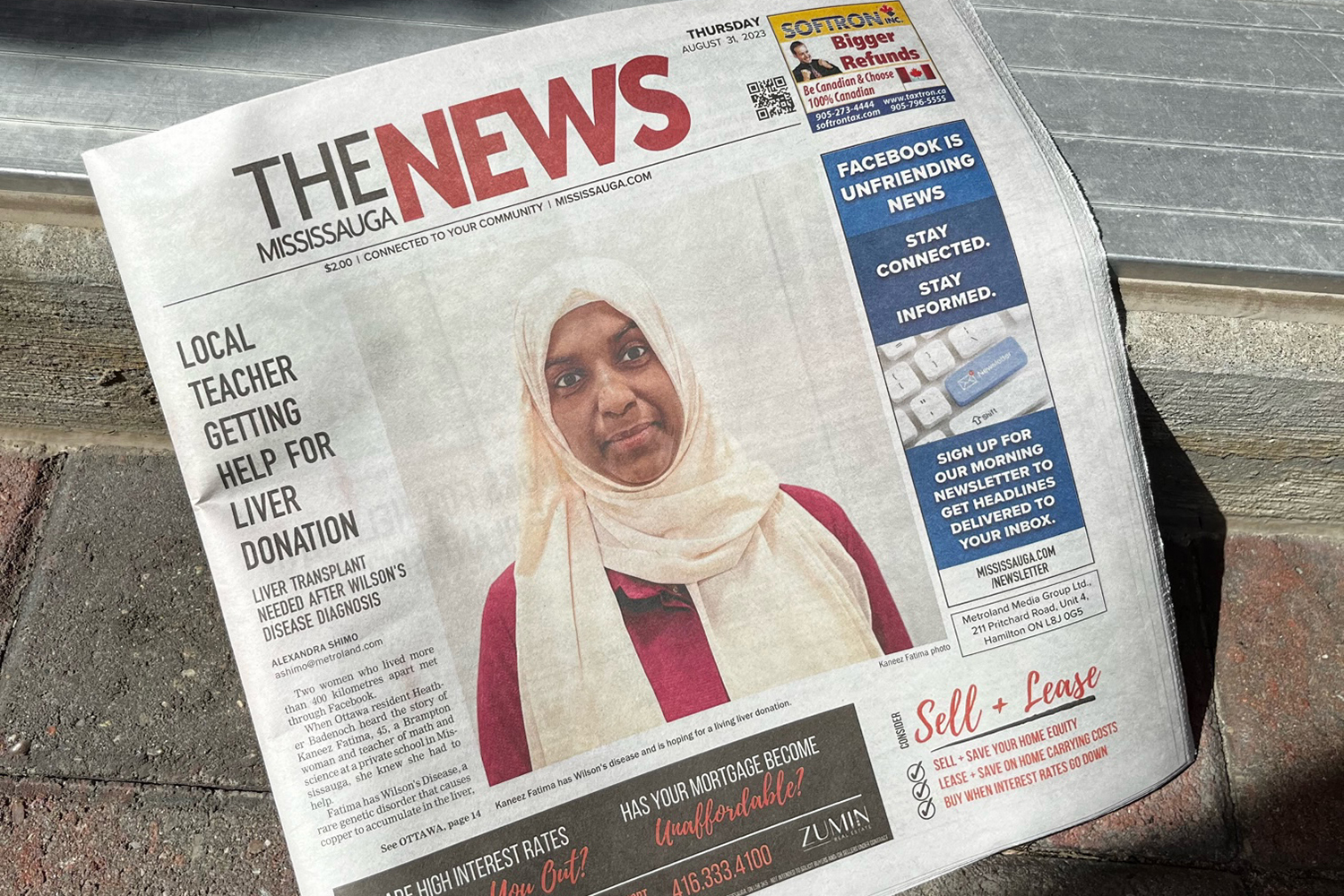7 Easy Facts About News Articles Shown
Wiki Article
The Basic Principles Of News Articles
Table of ContentsSome Known Facts About News Articles.Getting The News Articles To WorkThe smart Trick of News Articles That Nobody is Talking AboutNews Articles Can Be Fun For AnyoneExcitement About News Articles
Excellent understanding of various topics provides pupils a competitive side over their peers. Although electronic and social media are conveniently obtainable, we should not neglect how vital it is to review the papers. Moms and dads have to try and instill the habit of reviewing a newspaper as an everyday regimen to proceed the heritage of the revered print tool.Newspaper article likewise contain at least one of the complying with essential features about the designated target market: distance, prominence, timeliness, human rate of interest, peculiarity, or effect. The relevant term journalese is occasionally used, generally pejoratively, to refer to news-style writing. One more is headlinese. Newspapers typically stick to an expository writing style.
Within these limits, news stories additionally intend to be thorough. Amongst the larger and much more reputable papers, justness and balance is a significant factor in offering info.
Papers with a global audience, as an example, have a tendency to use a much more formal style of creating. The certain options made by a news outlet's editor or editorial board are commonly accumulated in a design guide; common style guides include the and the United States Information Style Book. The major goals of news writing can be summarized by the ABCs of journalism: precision, brevity, and quality.
Rumored Buzz on News Articles
As a guideline, journalists will certainly not make use of a lengthy word when a brief one will do. They utilize subject-verb-object building and construction and vivid, active prose (see Grammar). They supply anecdotes, examples and metaphors, and they rarely depend upon generalizations or abstract ideas. News writers try to prevent utilizing the exact same word a lot more than as soon as in a paragraph (occasionally called an "resemble" or "word mirror").
Headlines often omit the subject (e.g., "Leaps From Watercraft, Catches in Wheel") or verb (e.g., "Feline woman lucky"). A subhead (additionally subhed, sub-headline, subheading, caption, deck or dek) can be either a secondary title under the primary headline, or the heading of a subsection of the write-up. It is a heading that comes before the main text, or a team of paragraphs of the primary text.

Added billboards of any of these types may show up later on in the write-up (specifically on subsequent pages) to entice further reading. Such signboards are also made use of as pointers to the short article in other areas of the publication or website, or as ads for the piece in other magazine or sites. Typical structure with title, lead paragraph (summary in vibrant), various other paragraphs (information) and contact information.

Example of a hard-lead paragraph NASA is suggesting an additional area task. The agency's budget request, introduced today, consisted of a plan to send another mission to the Moon. This time around the agency intends to develop a lasting facility as a jumping-off place for various other room adventures. The spending plan requests around $10 billion for the project.
The NASA statement came as see this website the agency asked for $10 billion of appropriations for the task. An "off-lead" is the second crucial front web page information of the day. The off-lead shows up either in the leading left corner, or straight below the lead on the right. To "hide the lead" is to start the article with history information or details of secondary significance to the visitors, forcing them to review more deeply right into a post than they ought to have to in order to find the important factors.
The Best Guide To News Articles
Typical use is that or more sentences each form their own paragraph. Journalists generally define the organization or structure of a news story as an upside down pyramid. The crucial and most interesting elements of a tale are placed at the start, with supporting information following in order of reducing relevance.It permits individuals to discover a subject to only the depth that their curiosity takes them, and without the imposition of details or nuances that they could consider irrelevant, but still making that information available to much more interested readers. The inverted pyramid structure also enables articles to be cut to any arbitrary length during design, to suit the room available.
Some authors start their tales with the "1-2-3 lead", yet there are several kinds of lead offered. A kicker can refer to numerous things: The last story in the information broadcast; a "happy" tale to end the program.
Longer write-ups, such More Help as magazine cover articles and the items that lead the inside sections of a newspaper, are referred to as. Attribute stories differ from straight information in several means. Foremost is the absence of a straight-news lead, many of the moment. As opposed to supplying the essence of a tale up front, attribute writers might attempt to lure visitors in.
A Biased View of News Articles
An attribute's initial paragraphs frequently relate an appealing minute or occasion, as in an "anecdotal lead". From the particulars of a person or episode, its view rapidly expands to abstract principles regarding the tale's subject.
The Editor's Toolbox: A Referral Guide for Beginners and Professionals (2001) Allan M. Siegal and William G. Connolly. The New York City Times Manual of Design and Usage: The Authorities Style Overview Used by the Writers and Editors of try these out the Globe's Many Reliable Newspaper (2002) M. L. Stein, Susan Paterno, and R.
Report this wiki page